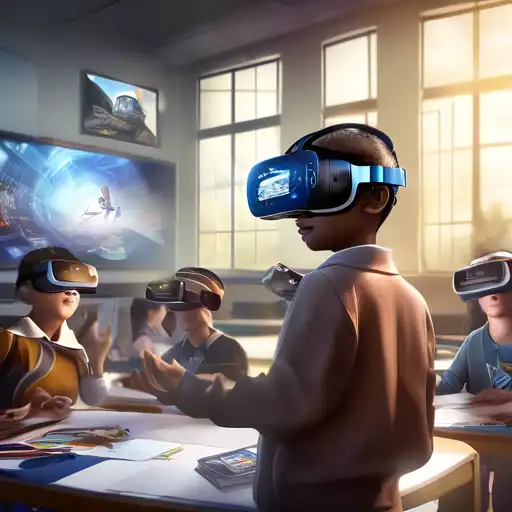Introduction to Virtual Reality in Education
Virtual Reality (VR) is revolutionizing the educational landscape, offering immersive learning experiences that were once beyond imagination. This cutting-edge technology is not just enhancing the way students learn but is also making education more accessible and engaging for everyone.
The Benefits of VR in Educational Settings
VR in education brings a multitude of benefits, including but not limited to:
- Enhanced engagement through immersive learning environments.
- Improved retention rates by experiencing rather than just reading or listening.
- Access to virtual field trips and historical reenactments without leaving the classroom.
- Safe simulation of dangerous or expensive experiments in science and engineering.
How VR is Being Implemented in Schools Today
Schools around the globe are beginning to integrate VR technology into their curricula. From elementary schools using VR for interactive storytelling to universities employing it for medical training, the applications are vast and varied. For instance, medical students can now perform virtual dissections and surgeries, providing a hands-on experience without the risks associated with real-life procedures.
Challenges and Considerations
Despite its potential, the adoption of VR in education faces several challenges. These include the high cost of VR equipment, the need for technical support, and the development of quality educational content. However, as technology advances and becomes more affordable, these barriers are gradually being overcome.
The Future of VR in Education
The future of VR in education looks promising, with ongoing advancements in technology paving the way for more interactive and personalized learning experiences. As VR becomes more integrated into educational systems, it has the potential to transform traditional learning methods and make education more inclusive and effective for students worldwide.
For more insights into how technology is shaping the future of education, explore our EdTech Innovations section.
